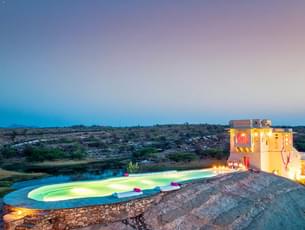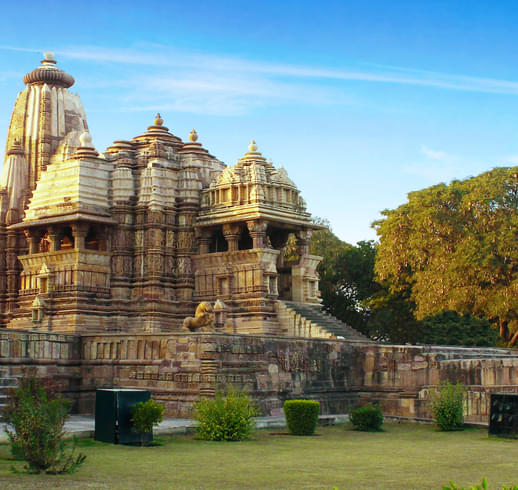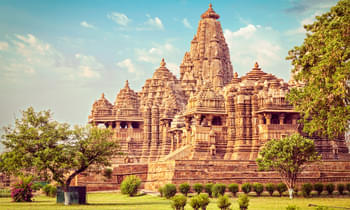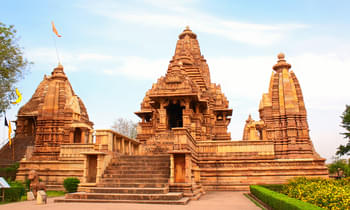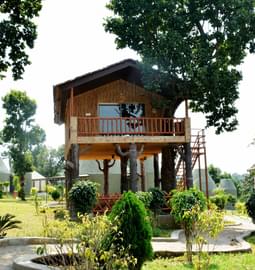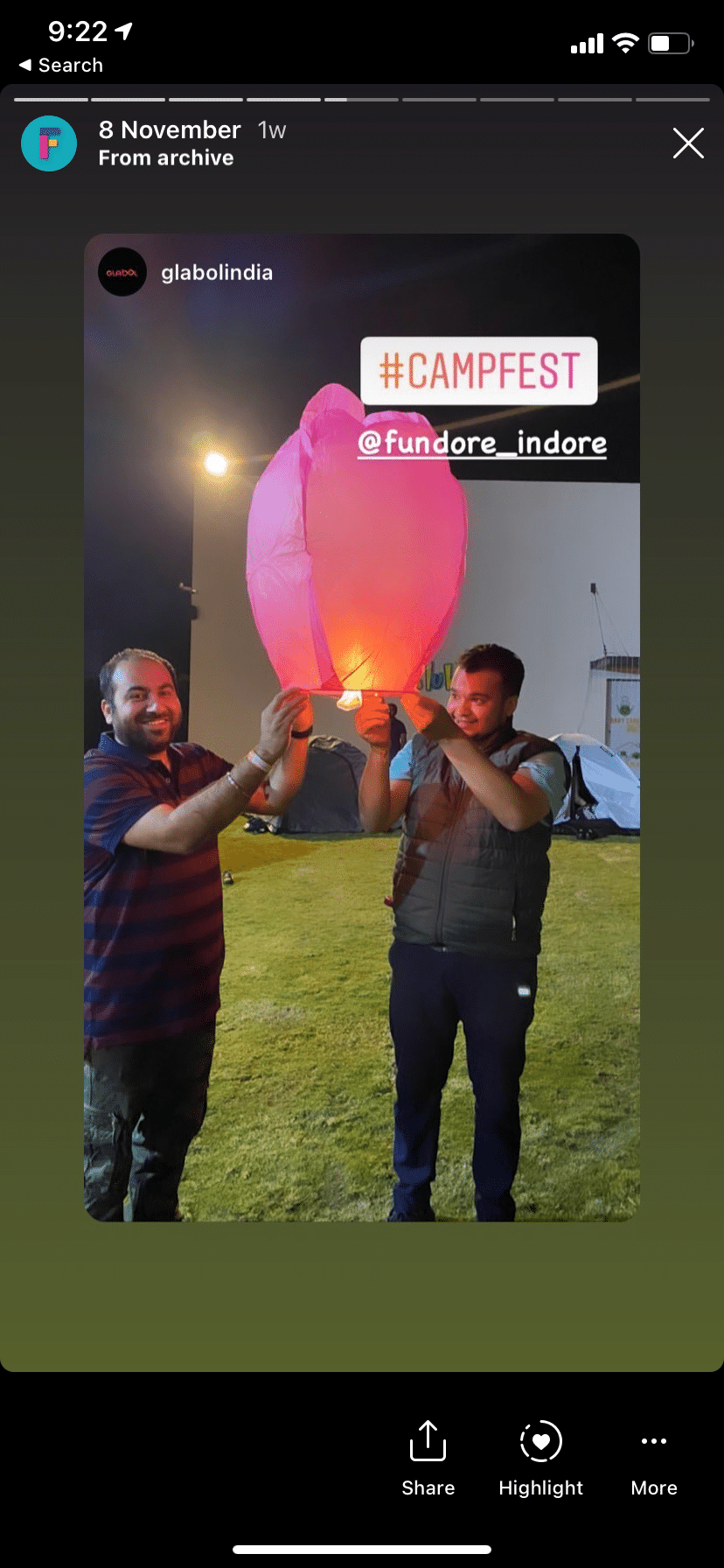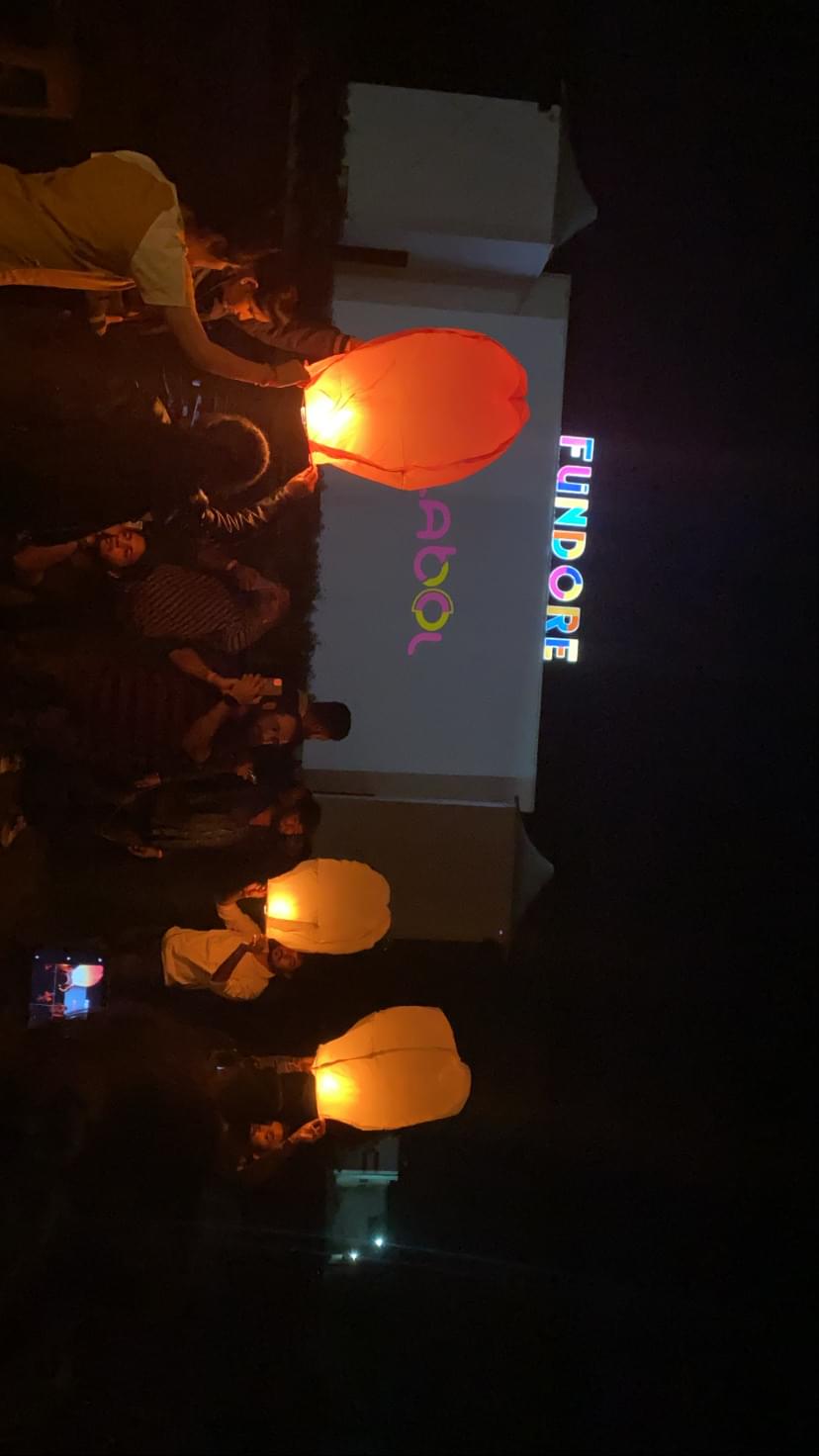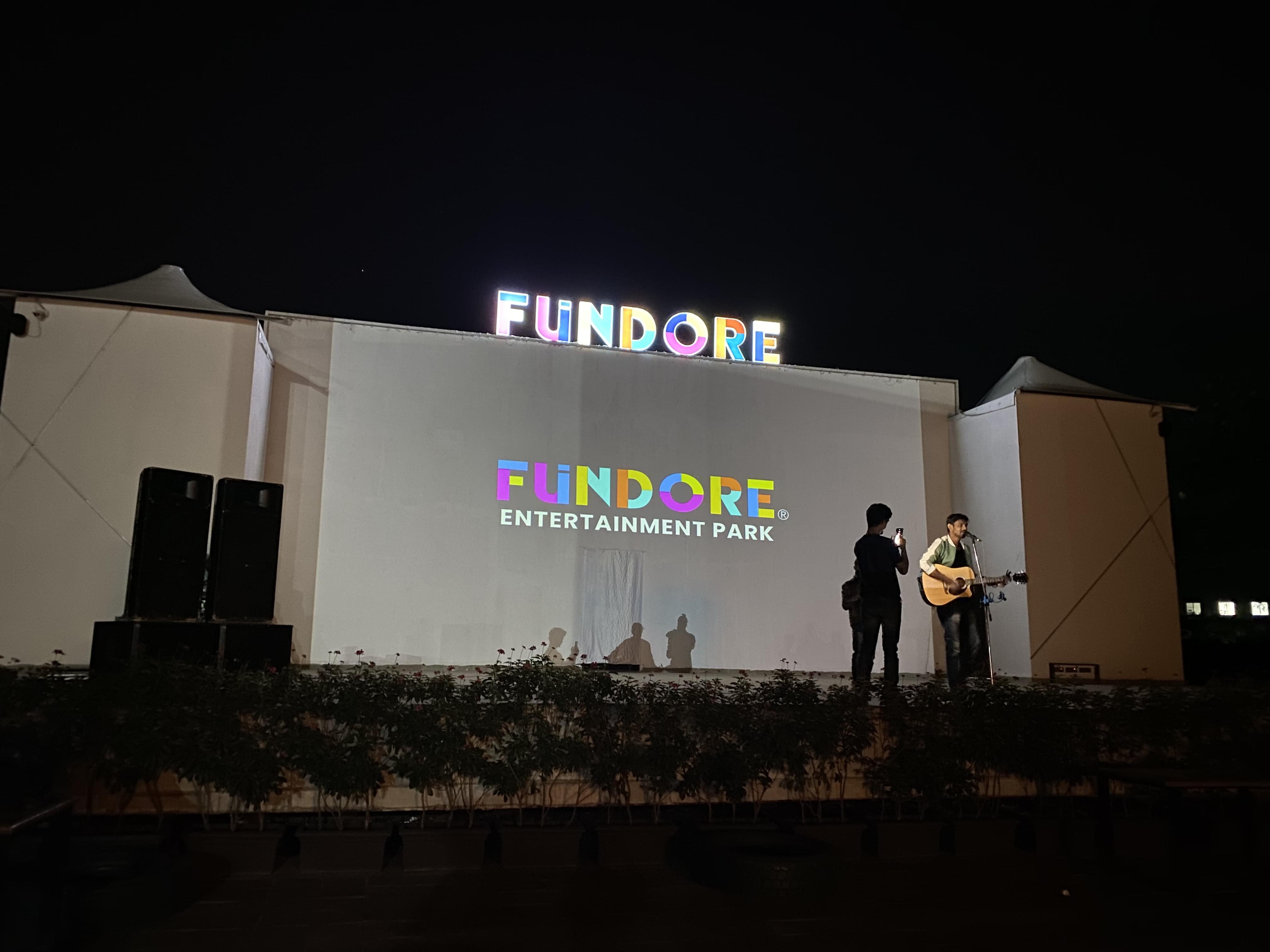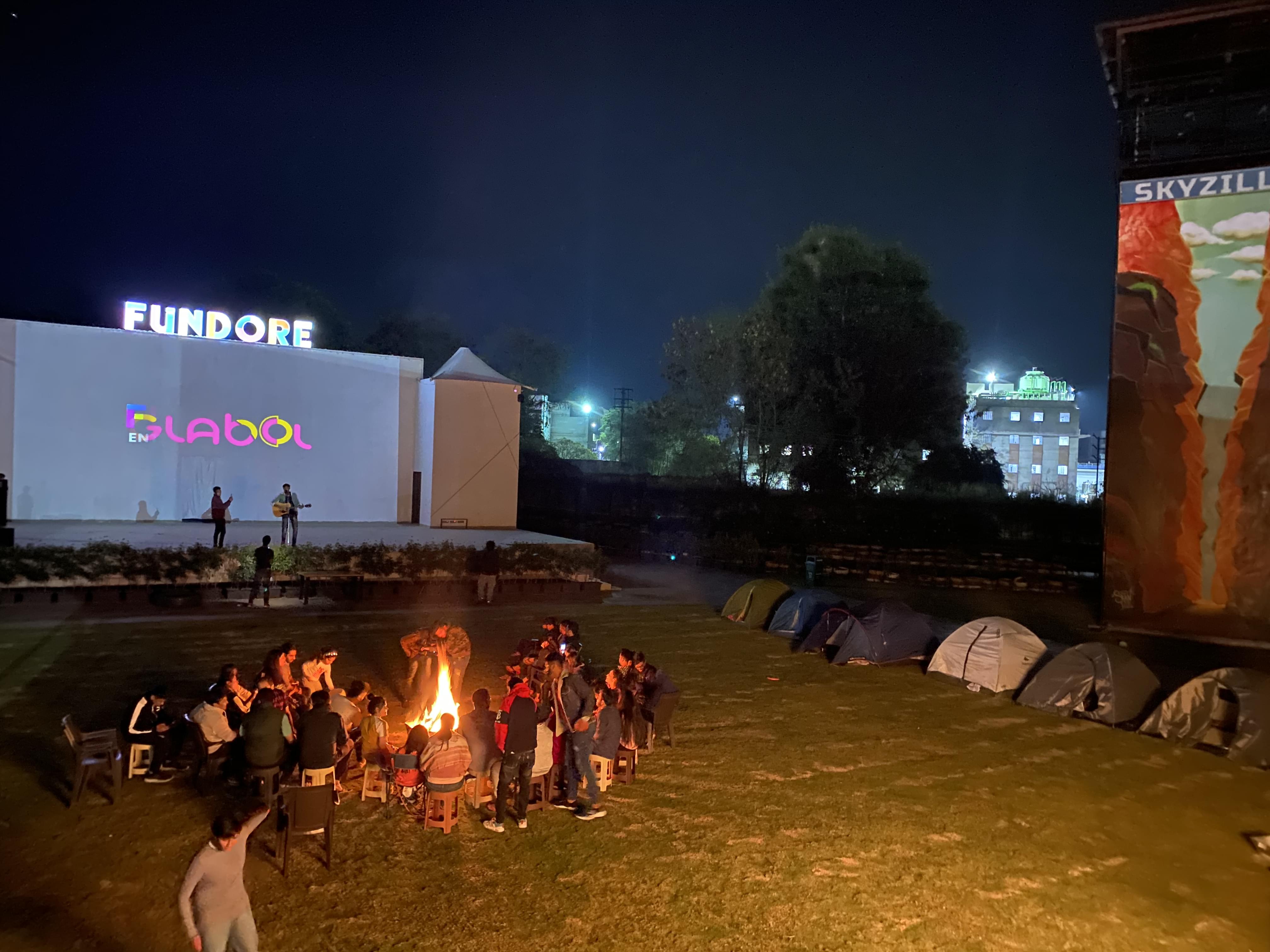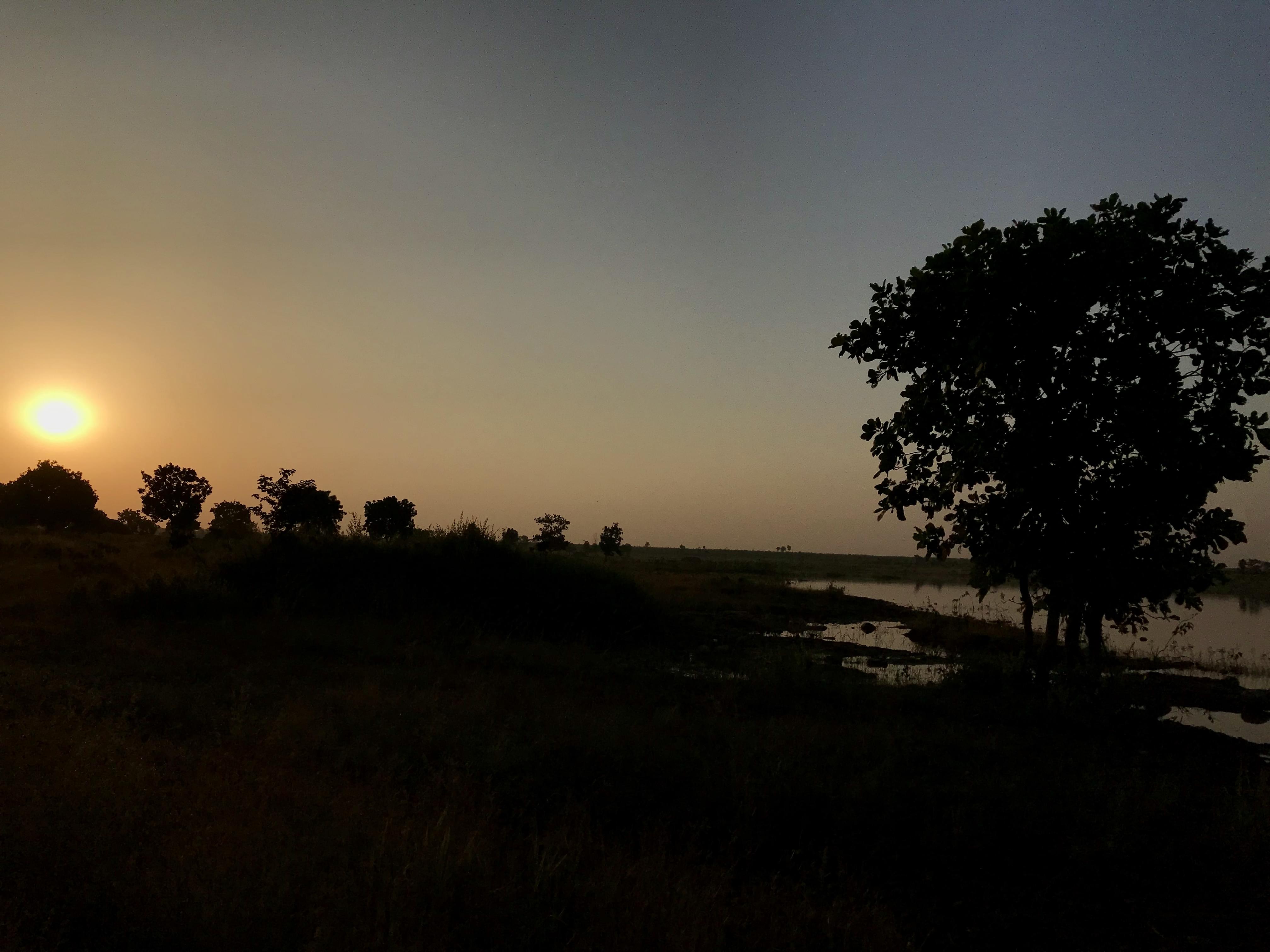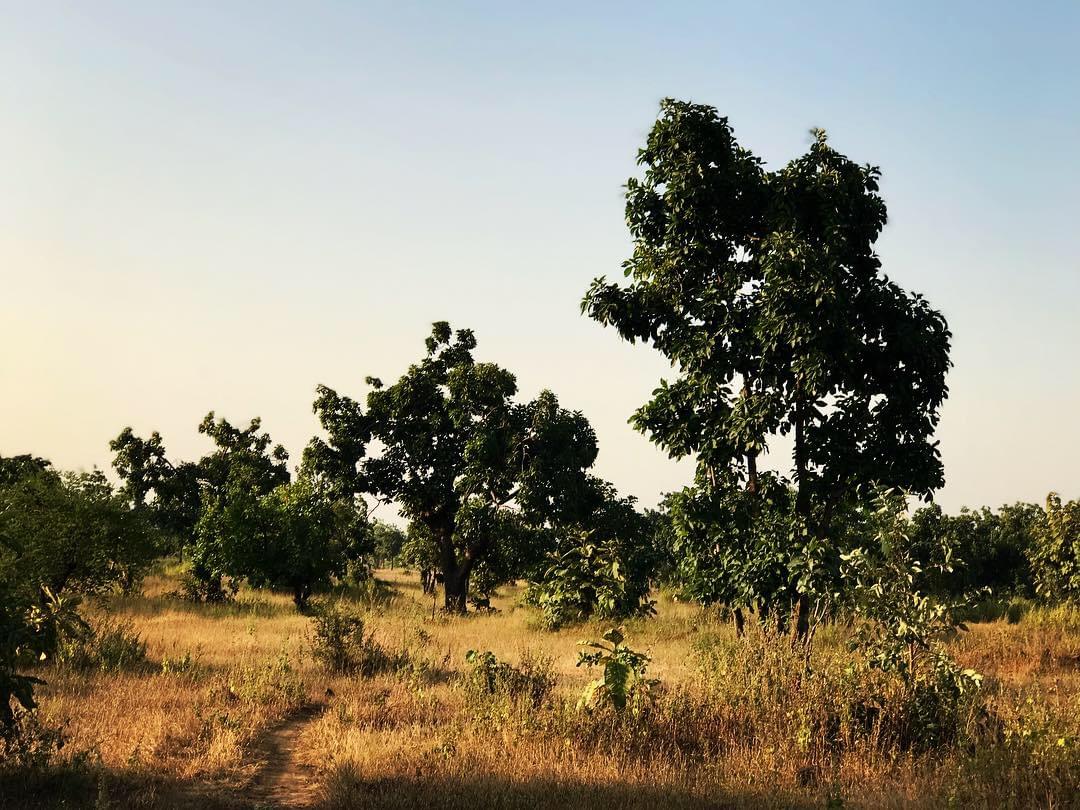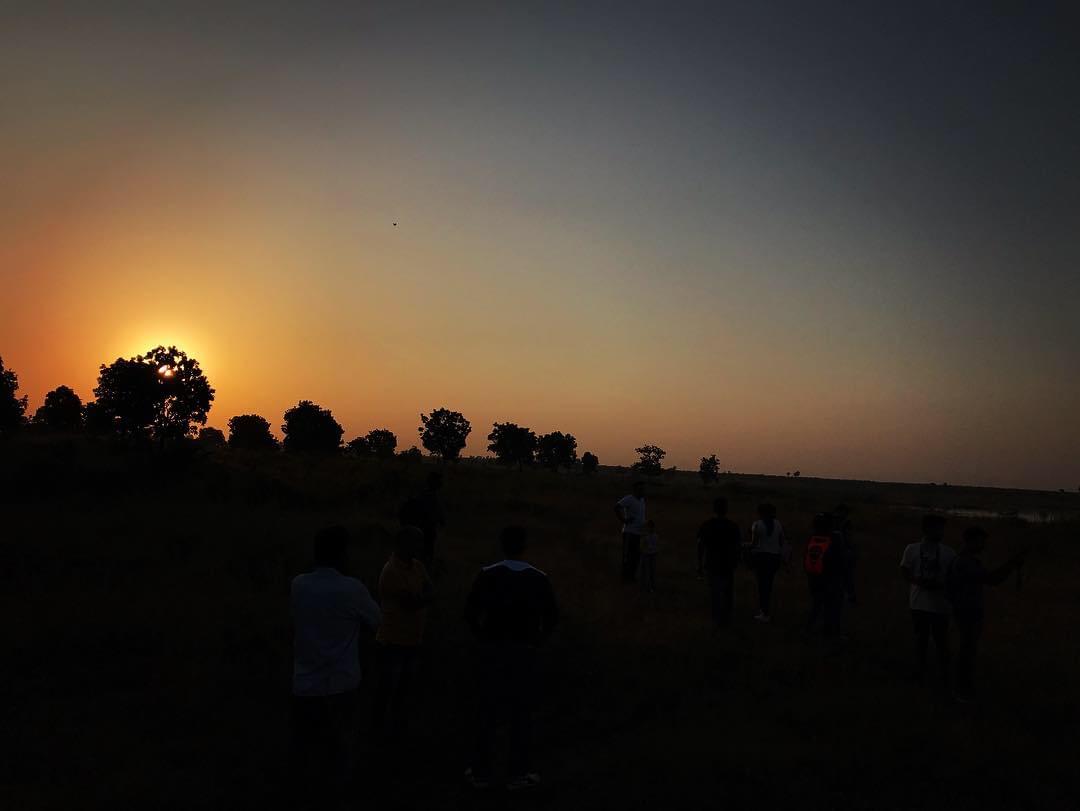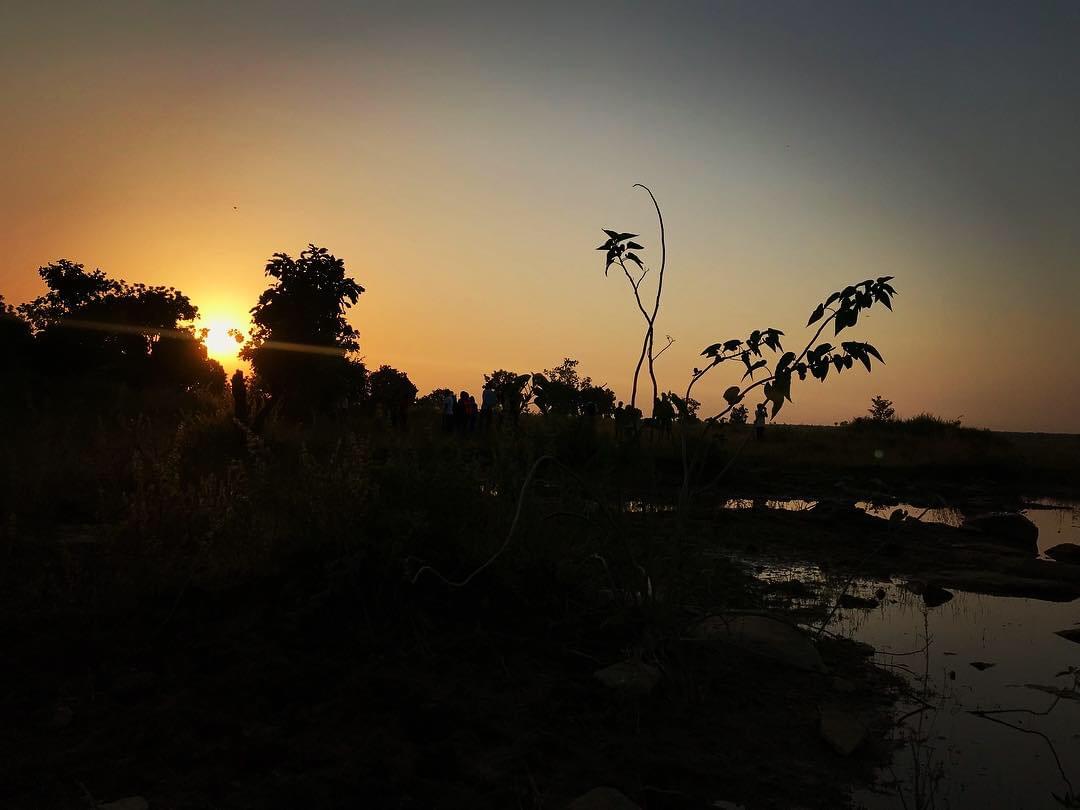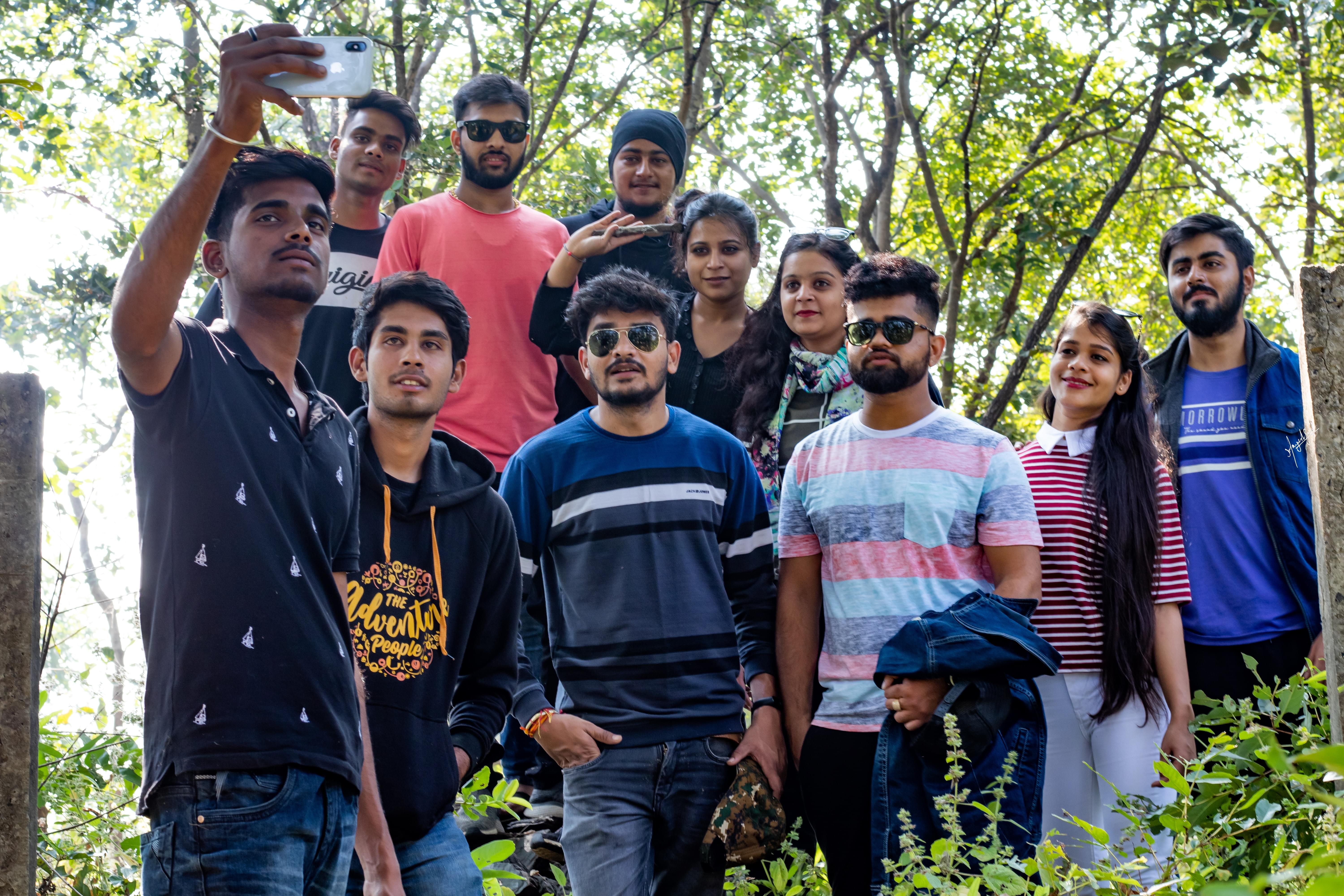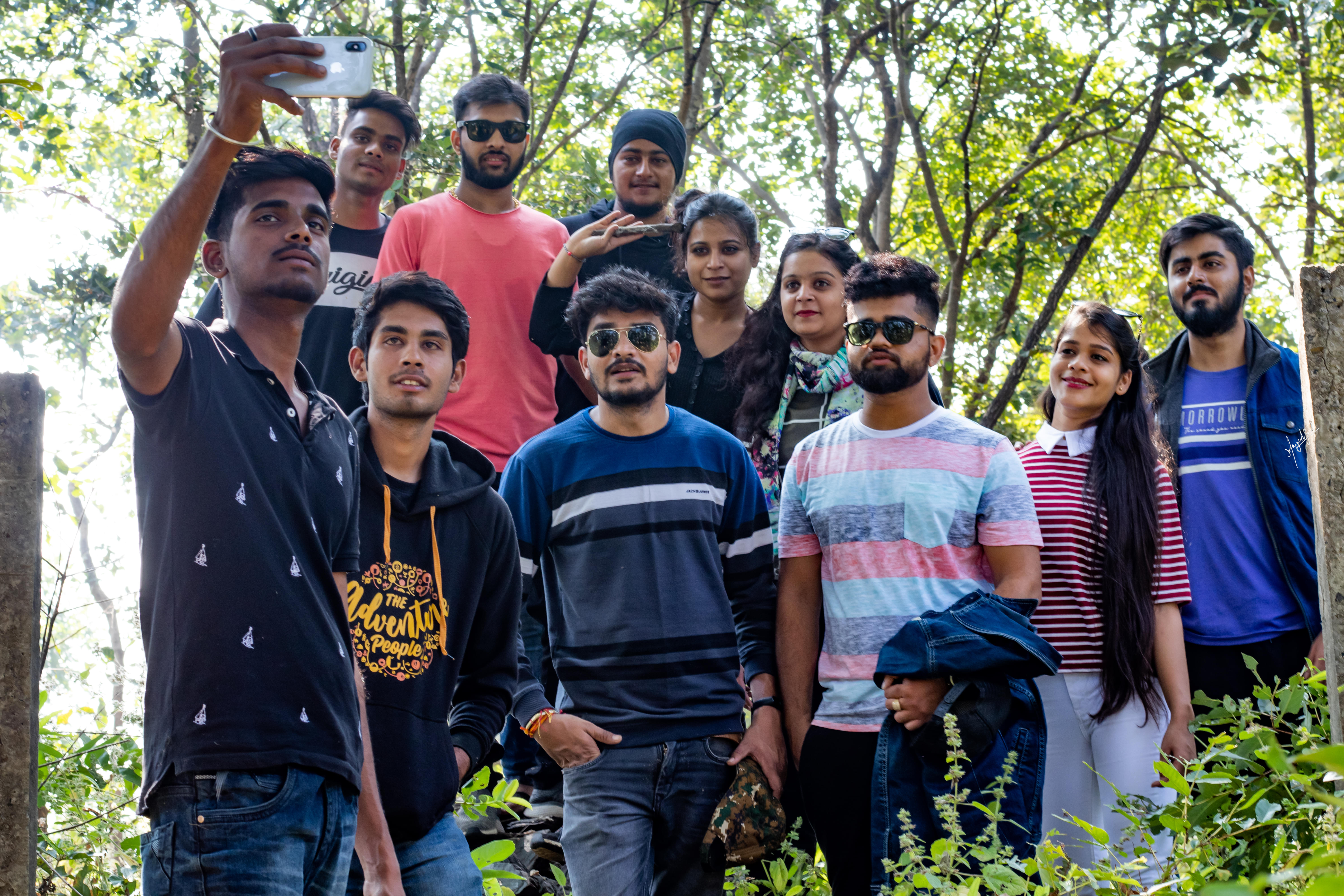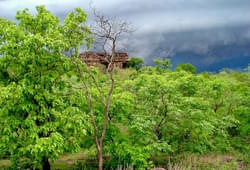Gond Tribe

Gonds are arguably the largest tribal group in Asia, with a population crossing three million! Though much is known about them, some of the Gond people remain isolated from the rest of the civilization. They worship Lord Shiva, known as ‘Bahadeo’ in their native tongue.
Though struggling to thrive in the current economic crisis that has befallen them, they indulge in various recreational activities amongst themselves. Their traditional dance is called Madai, which is kind of a celebratory dance, practiced and performed on happy occasions.
Another dance form called Dandari is practiced to convey mythological events. Their major festivals are closely related to agriculture. The commonly known festivals of the Gonds are the cattle festival of Pola, and Nag Panchami, when snakes are worshipped.
Locations of the Tribe: They occupy the sides of the Narmada river, and live in close harmony with Mother Nature. Their native language belongs to the Dravidian family, and they are scattered across the country in the states of Madhya Pradesh, Vidarbha district of Maharashtra, Bihar, Chhattisgarh, Telangana, Andhra Pradesh, and Uttar Pradesh.
However, the best places to experience the Gond culture are Mandla, Chhindwara, Betul and Seoni districts in Madhya Pradesh.
Madhya Pradesh tourism resorts offer a wide variety of accommodation choices to suit your taste and budget, no matter you are in which part of the state you will get a resort nearby.
Bhil Tribe

The second largest tribal community in India, Bhils are fine warriors with inherent, exceptional skills of archery. The name Bhil literally refers to Bil, meaning ‘bow’, a reference to their great archery skills which are mentioned even in the Indian epics of Ramayana and Mahabharata. Some of their other skills include pottery, painting, and weaving.
Their native language is Bhili, belonging to the Indo Aryan family of languages. The women wear traditional sarees, and heavy embellishments in the forms of jewelry, while men prefer flowing frocks and pajamas. Their major occupation is agriculture and poultry farming, and they are simple and peaceful people who used to be sharp hunters. They believe in an intriguing tradition of getting married through elopement.
Their God is Vaghdeva, Lord of the Tigers, along with deities like Khandoba, Bahiroba, and Sita Mata. They seek recreation and joy in sacred dance forms of Ghoomar and Gair, performed by men. One of the major festivals is the Baneshwar Fair, celebrated as a tribute to Lord Shiva, known as Baneshwar Mahadev.
Location of the Tribe: Their communities can be found in the Jaubha, Khargone, Dhar, and Ratlam districts of Madhya Pradesh. They reside largely in Rajasthan, Madhya Pradesh, and Gujarat.Madhya Pradesh is one of the famous wildlife tourism destinations in India, click here to plan your wildlife tour in Madhya Pradesh.
Baiga Tribe

Believed to have descended from Dravid, they reside peacefully in thick, forested woodlands of Satpura. The commonly acknowledged language of the Baigas is Baigani, along with Hindi and Marathi. The art of tattooing is a significant part of the tribal lifestyle, exclusive to the clan.
Women who indulge in the art of tattooing are known as Godharins and are residents of Ojha and Dewar tribes of Madhya Pradesh. They strive to preserve Mother Nature and refuse to indulge in plowing which includes scratching the face of the Earth.
They consider it a sin, which makes shifting cultivation a common and accepted form of agriculture. Their major folk dance forms include Bhoom, Bilma, and Karma, and prevalent tribal music is Rautnacha, along with Soorwa, Dewarnacha, and Banthi.
Another distinguishing feature of this tribe is that the number of females surpasses the number of males. They belong to the forests and refuse to work for anyone else, including the government. Pej, made from the leftover water of rice after it has been boiled, is one of the drinks that is widely enjoyed amongst the tribe.
Location of the Tribe: Found in forests of Mandla, Shahdol, Sidhi and Balaghat districts of Madhya Pradesh.Madhya Pradesh has one of the largest forested cover areas in the country and endowed with rich and diverse forest resources and national parks. Click here for the top national parks of Madhya Pradesh.
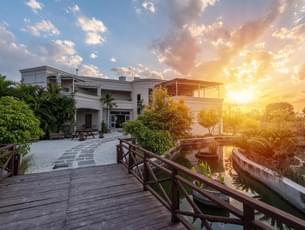
- 2D/1N
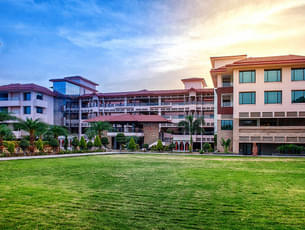
- 2D/1N

- 2D/1N
Sahariya Tribe

Saharias are another tribal group prominent in Madhya Pradesh, sheltered in the districts of Gwalior, Shivpuri, Vidisha, Raisen, Morena, and Bhind. Though some of them may have embraced a nomadic lifestyle and have little to no contact with the outside world. Most of them depend on agriculture as a source of livelihood.
Majority of there also devotees of Goddess Durga, which is mirrored in their name, ‘Sa’ referring to ‘companion’ and ‘Haria’ referring to ‘tiger’. Saharias are peaceful by nature and indulge in shifting cultivation and hunting. They are also skilled woodsmen and hold expertise in gathering wood, tendu leaf, honey, herbs, and gum.
Most of their traditions are largely influenced by the Rajasthani culture which reflects in their dressing style which includes a dhoti, ethnic shirt and safe for men, and ghagra, lehenga, ludga and petya for women.
The most celebrated festivals are Diwali, Hoti, Sehria, Janmashtami, Raksha Bandhan and Dussehra.
Location of the Tribe: Found majorly in Gwalior, Shivpuri, Vidisha, Raisen, Morena, and BhindIt’s not for nothing that Madhya Pradesh is called the Heart of India, this beautiful and regal state does have what it takes to be the centre of a country, to know about the places, visit the best places of Madhya Pradesh.
Abujhmar Tribe
Amongst other prominent, more civilized tribes in Madhya Pradesh, the Abujhmar tribe is extremely wild and primitive. Their homes are lodged deep within the hearts of dense forests, as a result of which, not much is known about their lifestyle and culture.
One of the few peculiarities that are common amongst them is their food. Ranging from red ants to rats, they are not particularly picky about what they eat. Their dressing sense is yet another eccentricity that dwells in their culture.
They are said to be staunch believers of animism, though not much light can be shed on that. The women are bare-chested, while the only clothing for men is a simple loincloth. The only exception to their clothing can be seen during festivals, where they are slightly better dressed, even though minimally.
Location of the Tribe: They are wildly eccentric in nature, and reside in the mountains and forests of Abujhmar, spanning Bijapur, Narayanpur, in Chhattisgarh.
Planning your trip to Madhya Pradesh? Don't miss out all the must do things in Madhya Pradesh which are travelers all time favorite.
Baharia Tribe

The tribesmen of Bharia count on agriculture as their main source of livelihood and are adept at crafting items like baskets from bamboo. They are well versed in Dravidian languages and dwell far within the shaded valley of Tamia, Chhindwara, which is inaccessible by road.
Despite being completely alienated from outside civilization, Bharias are expert healers and possess a deep, varied knowledge of various medicinal herbs. Aboriginals of the state, Baharias have their own singular set of remedies that they use to cure illnesses.
They are devotees of the Gond deity Baradeo, known otherwise as Lord Shiva, among other deities like Hanuman. Holi, Shivratri, Diwali, and Raksha Bandhan are the most honored festivals of the tribe, while dance forms of Bahatam, Karma, Saitama, and Shaila are commonly practiced.
Their dressing style is quite simple, including a kurta, dhoti and safe for men, and Sedri saree for women.
Location of the Tribe: The Baharia Tribe is clustered mainly within the Jabalpur and Chhindwara district of Madhya Pradesh.A state known for its vibrant colours, narrow streets bustling with life and to top it all, the city's historic monuments that boast of its glorious past. Click to witness the cultural richness of historical places of Madhya Pradesh.
Korku Tribe

Dwelling only in densely forested areas, people belonging to Korku tribe of Madhya Pradesh are skilled in gathering food. Korkus build their houses with bamboo and wood, and all houses have a fireplace installed. Like every other tribal community, Korkus also depend on agriculture, poultry farming and animal husbandry for their livelihood.
In Bhainsdehi, Betul, many tribals have acquainted themselves with the cultivation of basic food like coffee and potatoes. Despite having been contacted by several NGOs and offered food materials from the outside world, they religiously practice cultivation and gathering of their own food
Several such attempts of presenting them food items have been in vain, for they strictly refuse to accept them. Their community is headed by a leader referred to as ‘Sarpanch’, who is also the mentor of the Panchayat. They too are devotees of Lord Shiva and rejoice in festivities like Dussehra, Shivratri, Diwali and Holi.
Location of the Tribe: Korkus live in forests of the Hoshangabad, Betul, Chhindwara, Khandwa and Harda districts of Madhya Pradesh.
India doesn't cease to amaze the world with its wonders – both man-made and natural. We present to you a list of the most amazing iconic places of Madhya Pradesh.
Santia Tribe

A tribal group of Malwa, Santias are believed to have been a martial Rajput tribe. Since their lifestyle is extremely nomadic, not much can be said about their habits and traditions. It is quite difficult to locate them.
They don’t dwell in one single place for a long time, and instead, choose to wander into different boundaries for their survival and livelihood. Since they don’t stick to one place for long, they are not very picky about their food choices and will have anything as long as it’s edible.
Location of the Tribe: Santias are essentially nomads. They prefer wandering rather than staying in one place and calling it home.
Here is an ideal list for somebody who is looking for campings in Madhya Pradesh that are just perfect camping destination.
Kols Tribe

Residing in the interiors of Rewa, Sidhi, Satna, Jabalpur, and Shahdol districts of Madhya Pradesh, the existence of Kols can be traced back to the epics of Ramayana and Mahabharata. They are firm believers and devotees of Hindu religion and mythology.
Some of their major activities include construction of palaces, lakes, and forts, but on account of their simplicity, their stationed dwellings were taken away from them. Owing to such adversities, many of the tribals blended with several different tribes, and are on the brink of dying out as an individual community.
Location of the Tribe: Kols are concentrated in the interiors of Rewa, Sidhi, Satna, Jabalpur, and Shahdol districts of Madhya Pradesh.
Below is a list of famous pilgrimage places in Madhya Pradesh, which stand gloriously, pouring blessings over the mankind since years and memorial.
Savaras Tribe
Savaras are a mixture of the Saharia and Sour tribes and are of the belief that they are descended from Sabaras.
Settled on wooded hills and valleys, they indulge in cultivation and agriculture on drylands. They constitute a distinct, independent community with original traditions and rituals.
Location of the Tribe: Savaras are housed in the districts of Sheopur, Isagarh, Narval, and Bhilsa in Madhya Pradesh.Are you planning an adventure-filled trip? Have a look at this list of trekking places in Madhya Pradesh and make the best of the travel plans with full of adventure.





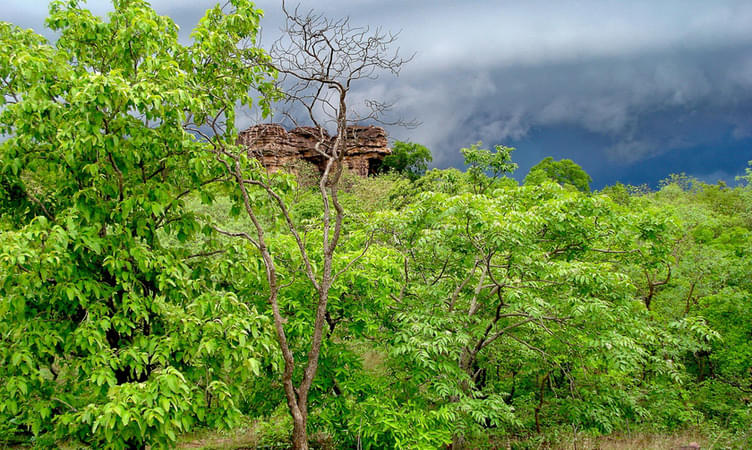
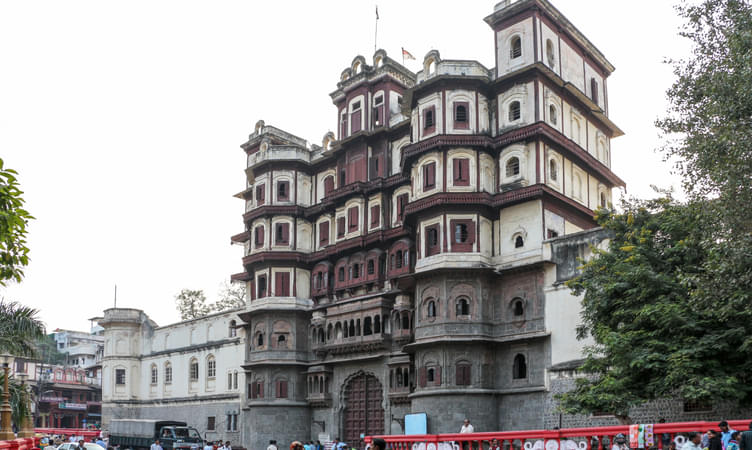
.jpg?gravity=center&width=90&height=90&crop=fill&quality=auto&fetch_format=auto&flags=strip_profile&format=jpg&sign_url=true)


.jpg?gravity=center&width=90&height=90&crop=fill&quality=auto&fetch_format=auto&flags=strip_profile&format=jpg&sign_url=true)

.png?gravity=center&width=90&height=90&crop=fill&quality=auto&fetch_format=auto&flags=strip_profile&format=jpg&sign_url=true)
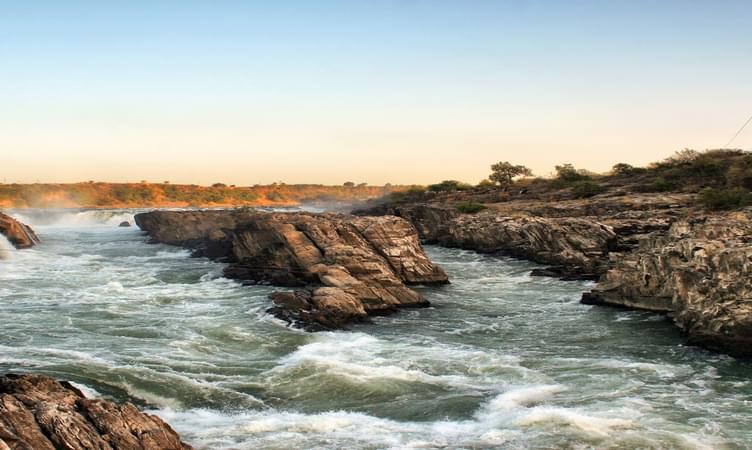
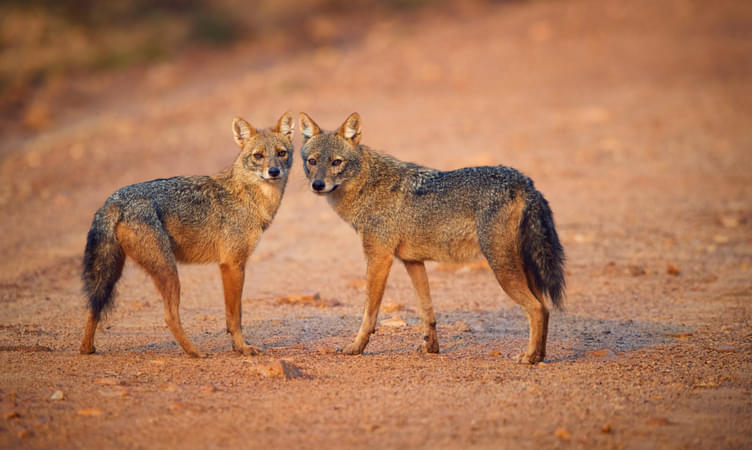

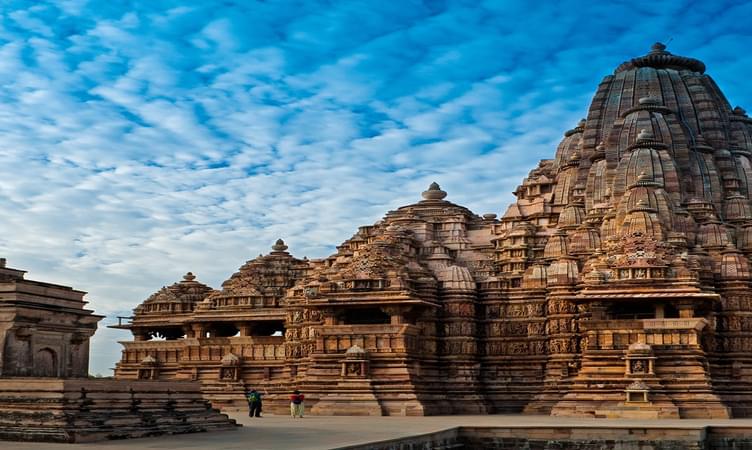
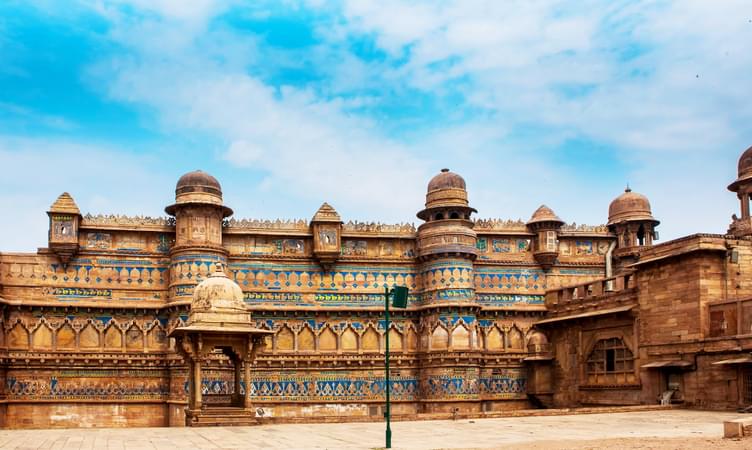

.jpg?gravity=center&width=90&height=90&crop=fill&quality=auto&fetch_format=auto&flags=strip_profile&format=jpg&sign_url=true)





